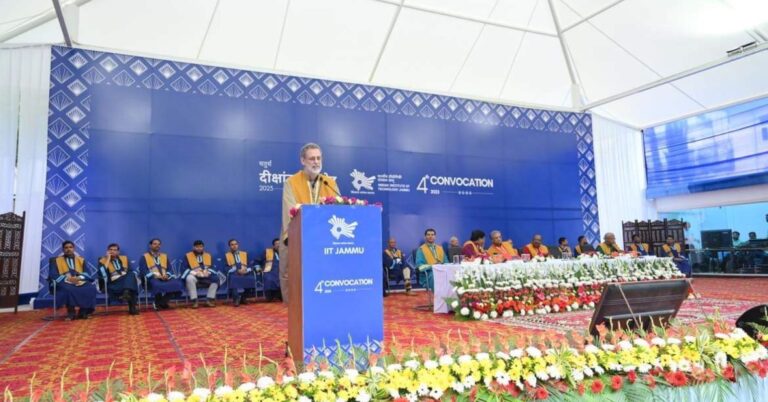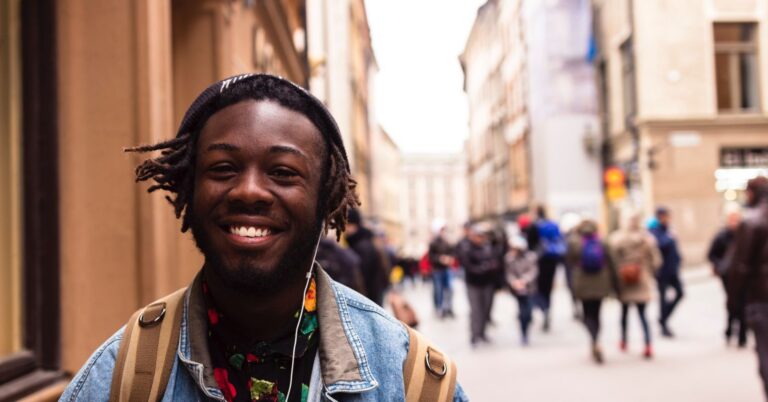
Source: Clay Banks/Unsplash
Recently, I had the pleasure of attending the annual conference of the Association for Continuing Higher Education. This organization is dedicated to the success of students who don’t follow the direct path from high school to college to degree. These are folks who…
- tried college but couldn’t finish.
- put their education on hold to raise children.
- joined the armed services.
- got laid off (or quit, or want to quit) and need workforce training.
- don’t have a college credential for a million other reasons.
The excitement at this conference was infectious. These professionals, who have devoted their careers to students who aren’t 18- to 22-year-old undergrads, clearly see themselves as the misfits of higher education. But they’re having their moment as continuing education now represents 40 percent or more of college enrollment. These numbers will surely grow as colleges, businesses, and states are all focused on getting working adults back into the classroom to boost economic prosperity and reduce inequities. I left Charleston plenty buzzed, but one talk really got me excited, despite its seemingly mundane topic: Credit for Prior Learning (CPL).
Credit for Prior Learning
CPL is when students earn academic credit for skills they learned outside of college, such as at a job or in the military. CPL makes adult learners more likely to graduate and to graduate faster. While I’ve known about the benefits of CPL for a while, not until now did I understand how someone might earn CPL. And it’s the how that speaks to something that may be missing from much of higher education.
CPL can be awarded through several mechanisms, including exams, job training certifications, and military training. Dr. Matt Bergman, however, described how students at the University of Louisville create a portfolio of their prior learning as part of a credited course. Students must describe each “occupational experience,” along with documentation, and write a reflection essay on what they learned from it. These skills are linked to specific college credits, and students may earn up to 48 credit hours (or 40 percent of a degree).
What intrigues me most about these CPL portfolios is the reflection essays. I’ve written before about the power of self-reflection to motivate persistence. In crafting a CPL portfolio, adult learners similarly write about the utility-value of their work or military experiences: what they learned, how it applies to college, and how it will apply to their future career. It was unsurprising to hear Dr. Bergman describe the pride these students feel when they submit their final portfolios, describing them as “peacocks.”
Reflecting on the Value of Education
As I flew home, I wondered whether CPL portfolios tell us something about how to help students get the most out of college. Recent surveys indicate that about 40 percent of college graduates regret their major, and perhaps as many as one-third regret college altogether. While student debt and a tough job market are not easily dismissed, perhaps some of this regret stems from a lack of guided self-reflection.
Many college students have a culminating experience, such as an internship, thesis, or experiential learning. While these capstones can be transformational—I certainly wouldn’t be a Ph.D. behavioral scientist without my undergraduate senior thesis experience—they tend to highlight a subset of skills learned in college, mostly within one’s major. Moreover, not all students have access to these culminating experiences.
What if every student created a portfolio of their college experience, similar to how Louisville students earn CPL? For each class, students would describe what they learned and reflect on how it applies to other college classes, their future careers, or their lives in general. This could be especially enlightening for students’ gen-ed courses, which are often viewed as a stepping stone to the “important” classes, but lacking inherent value. These portfolios could also include reflections on internships, work experience (even if not earning CPL), student organizations, and sports, helping students write the story of their time in college that they will one day share with potential employers.
These portfolios could be created on a term-by-term basis, which would convey multiple advantages:
- The portfolio would be a living document that grows over time, rather than a massive lift at the end of college that wouldn’t be feasible for many students.
- The portfolio could support students’ conversations with faculty and advisors about course registration, major selection, and career paths.
- The portfolio would provide documentation of skills learned by students who need to work during college, or who take a break from college to work.
- The portfolio could provide better feedback for faculty than traditional student evaluations.
Education Essential Reads
In the end, the portfolio would provide the foundation for an amazing resume, and could perhaps itself be a document submitted to employers to demonstrate one’s competencies. The mere act of consistent self-reflection might be impressive enough on its own.
The Power of Self-Reflection
College students have several ways to earn credits, including taking classes, AP courses, CPL, and experiential learning. But many of these options (especially classes) lack self-reflection on why it’s important. The “traditional” college experience could be enriched if we took inspiration from Louisville’s CPL process. Ultimately, we need to encourage all students to better understand what they’ve learned, why they’ve learned it, and how it will benefit their lives both professionally and personally.



















+ There are no comments
Add yours